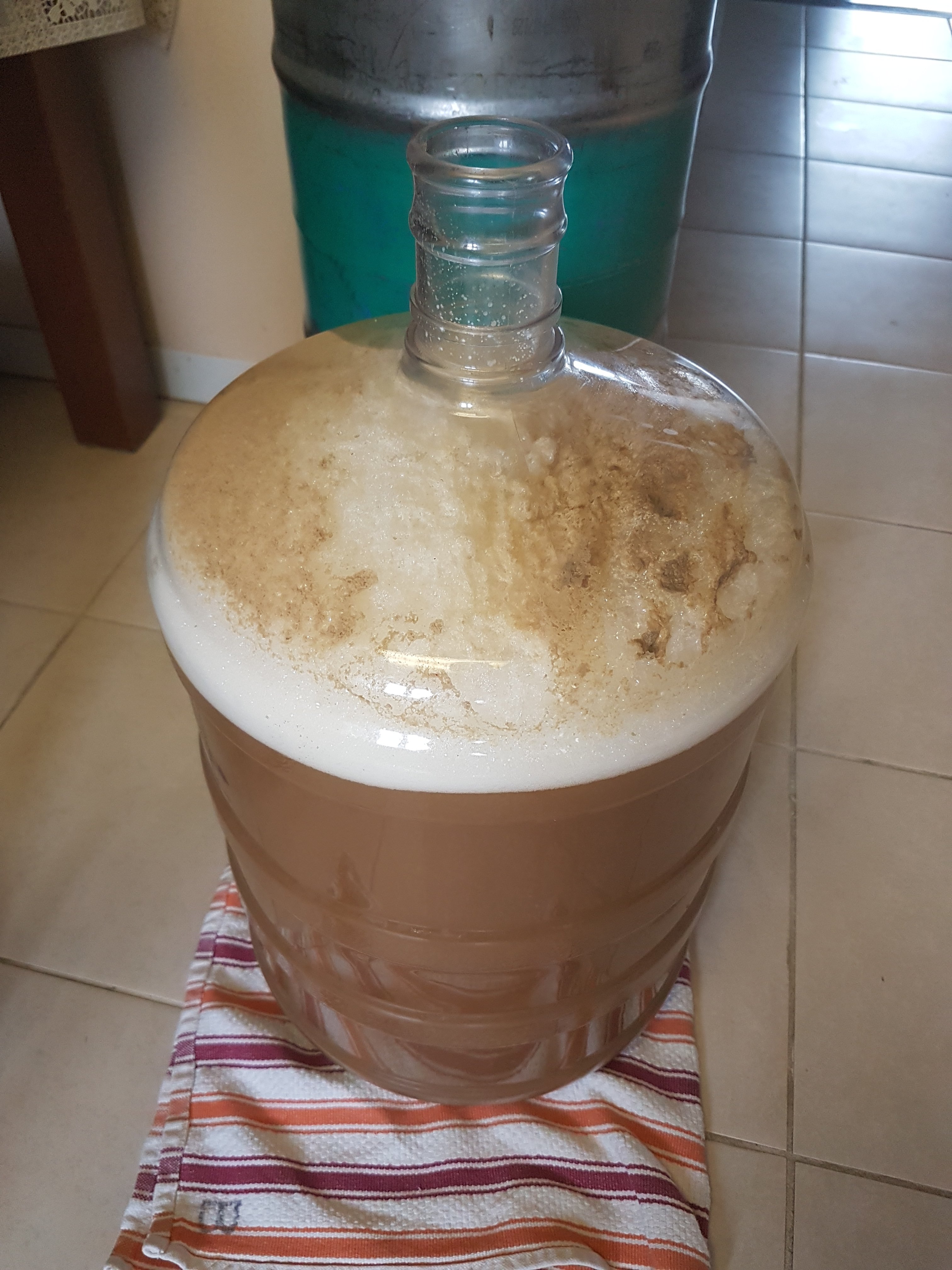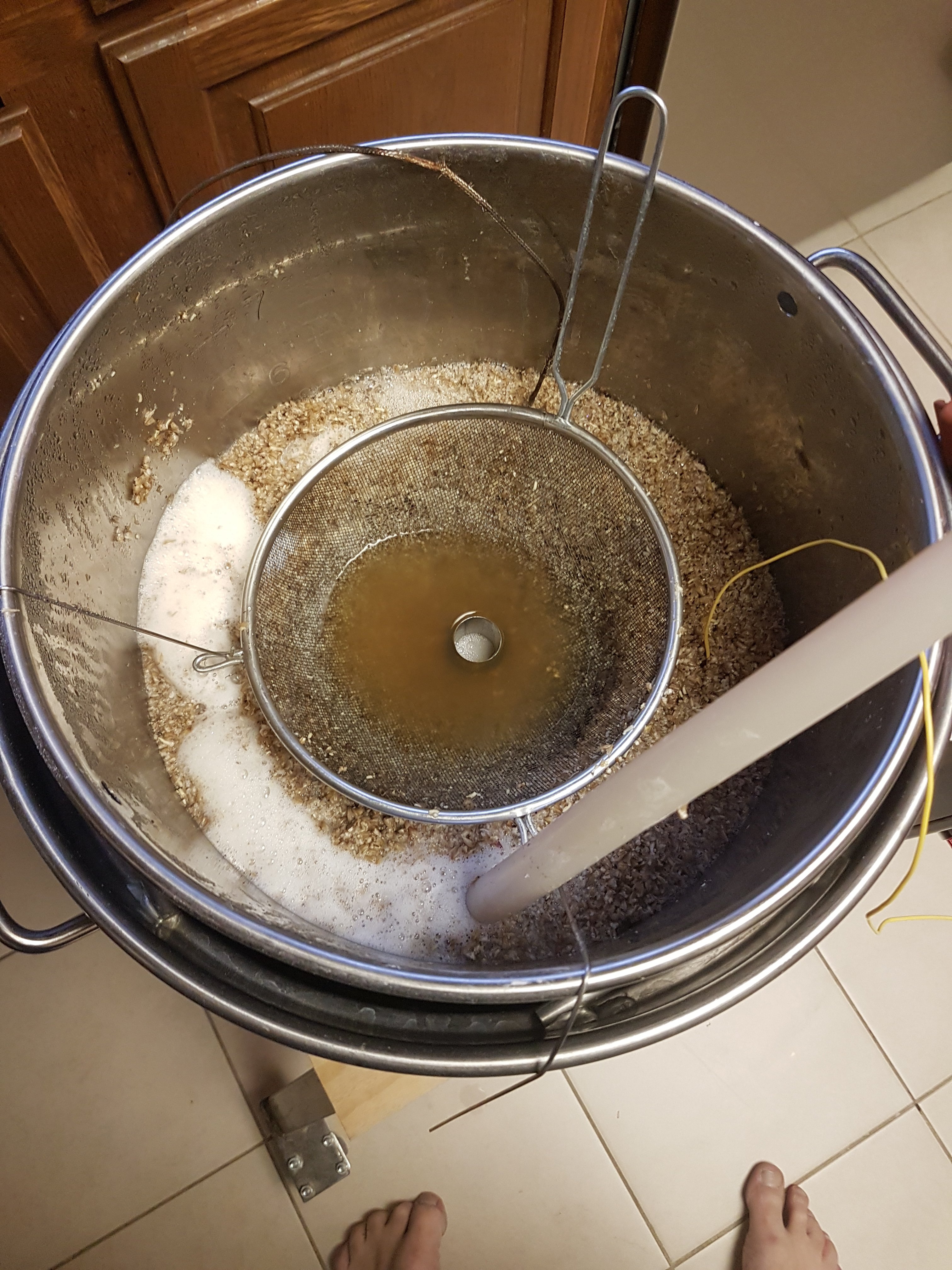I'm using a generic PID controller (JLD612 PID ). It has the usual array of settable parameters. The user manual for it is here: https://mythopoeic.org/misc-files/JLD612_Manual.pdf
I'm using it to control a DIY 5KW induction element. Meet Thing 1. A 5Kw Induction All In One...
Everything works great except that the induction element takes about 3 seconds to turn on from the time it is requested. And when my mash gets close to the set point, the PID controller will request heat from the induction heater in very small time increments. Maybe 2 seconds on, 3 seconds off. (I have ot, control period, set to 5 seconds, meaning it checks temp every 5 seconds). When the PID controller does this, the element doesn't even get turned on before the PID controller is turning it off.
I had ot set to 30 seconds, but that was too slow and the temp would overshoot. What I need is ot set to 5 seconds and some say to set the minimum time that the output can be on.
Is there a way to do this ?
I'm using it to control a DIY 5KW induction element. Meet Thing 1. A 5Kw Induction All In One...
Everything works great except that the induction element takes about 3 seconds to turn on from the time it is requested. And when my mash gets close to the set point, the PID controller will request heat from the induction heater in very small time increments. Maybe 2 seconds on, 3 seconds off. (I have ot, control period, set to 5 seconds, meaning it checks temp every 5 seconds). When the PID controller does this, the element doesn't even get turned on before the PID controller is turning it off.
I had ot set to 30 seconds, but that was too slow and the temp would overshoot. What I need is ot set to 5 seconds and some say to set the minimum time that the output can be on.
Is there a way to do this ?





